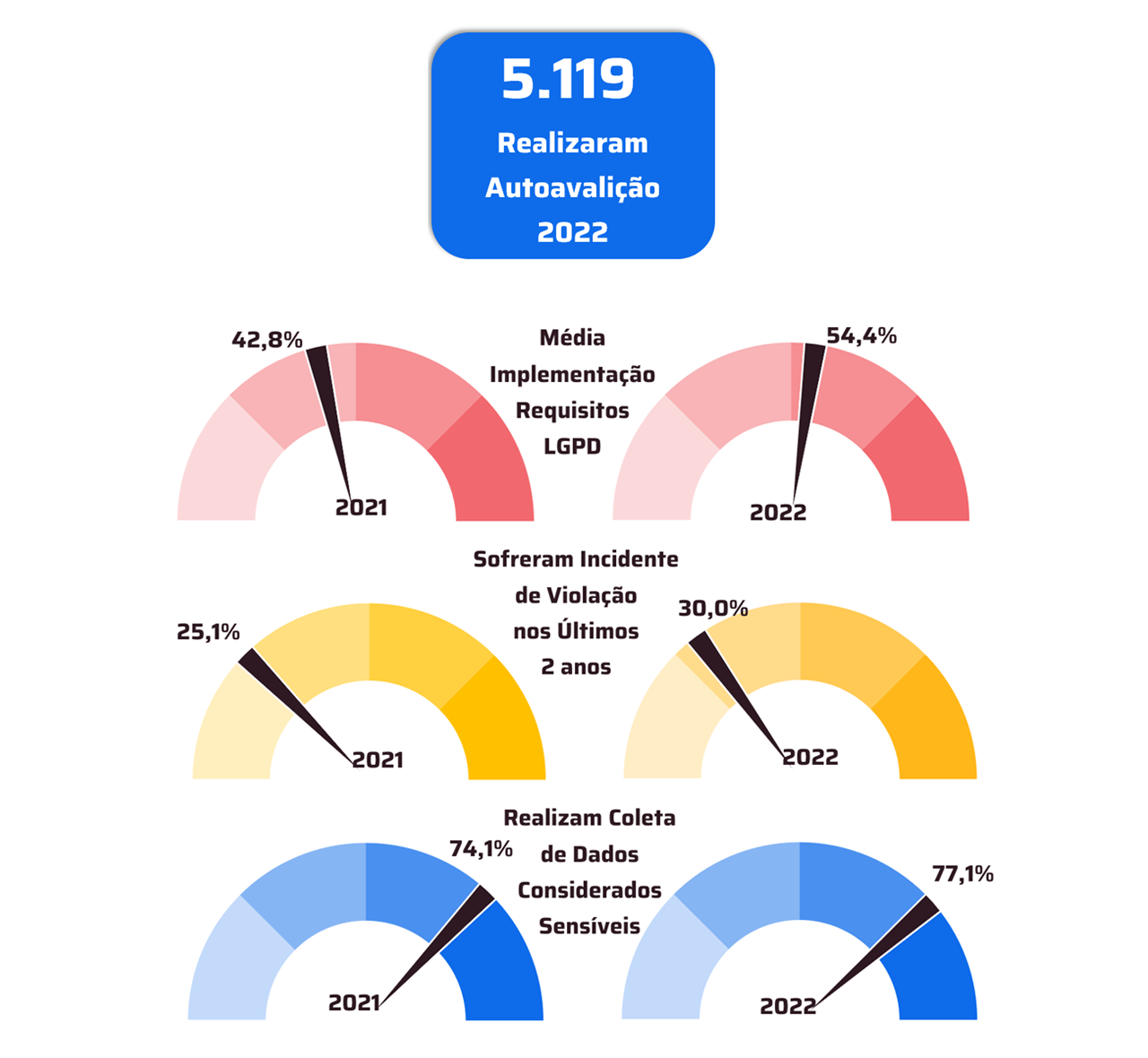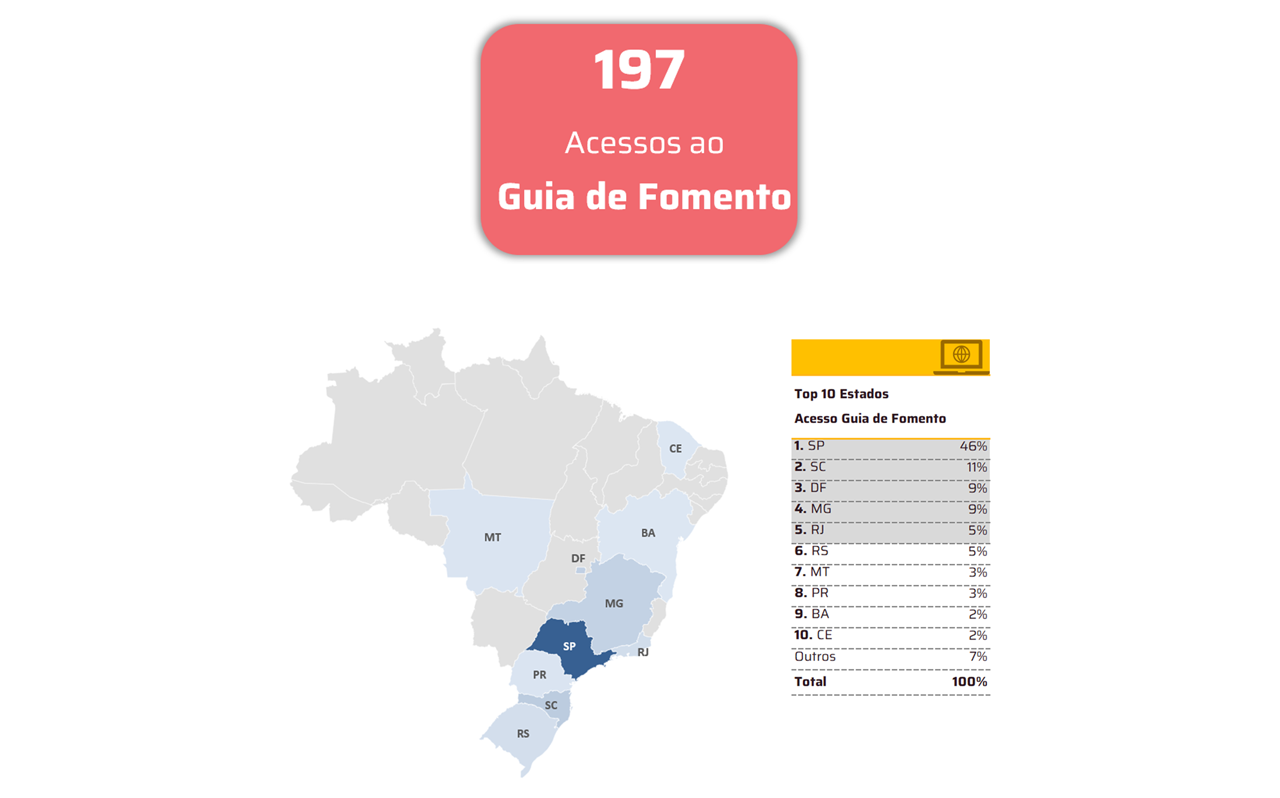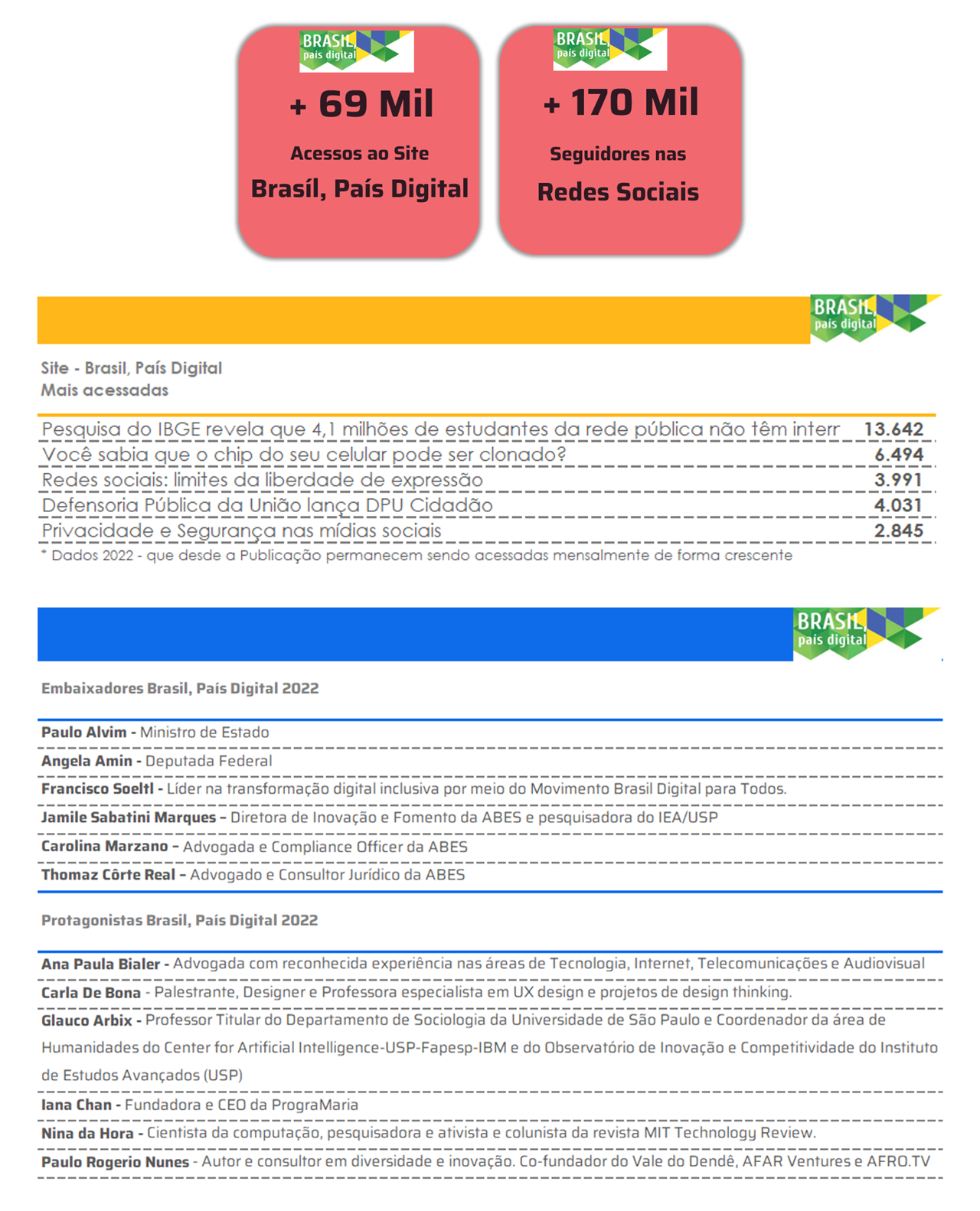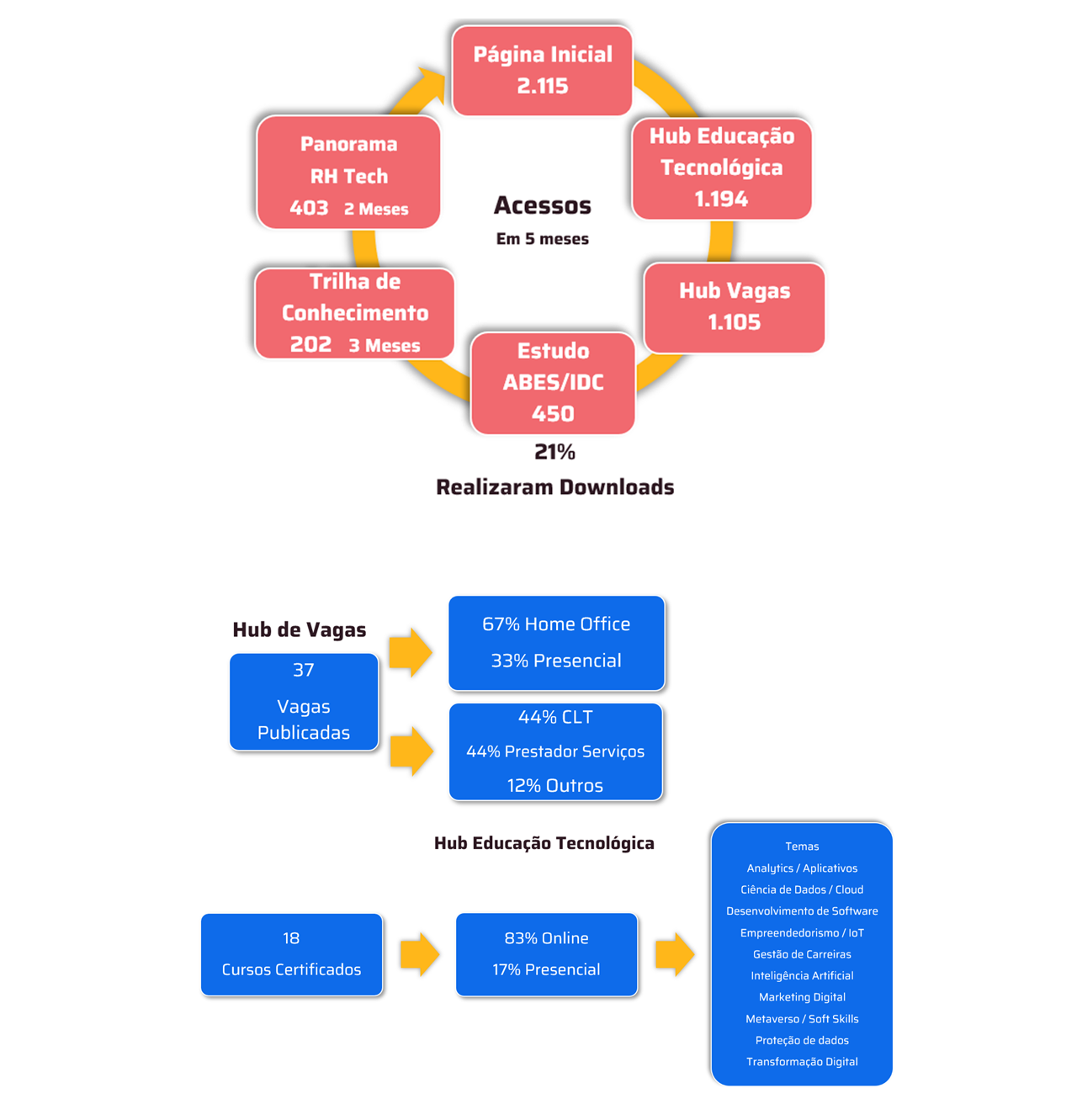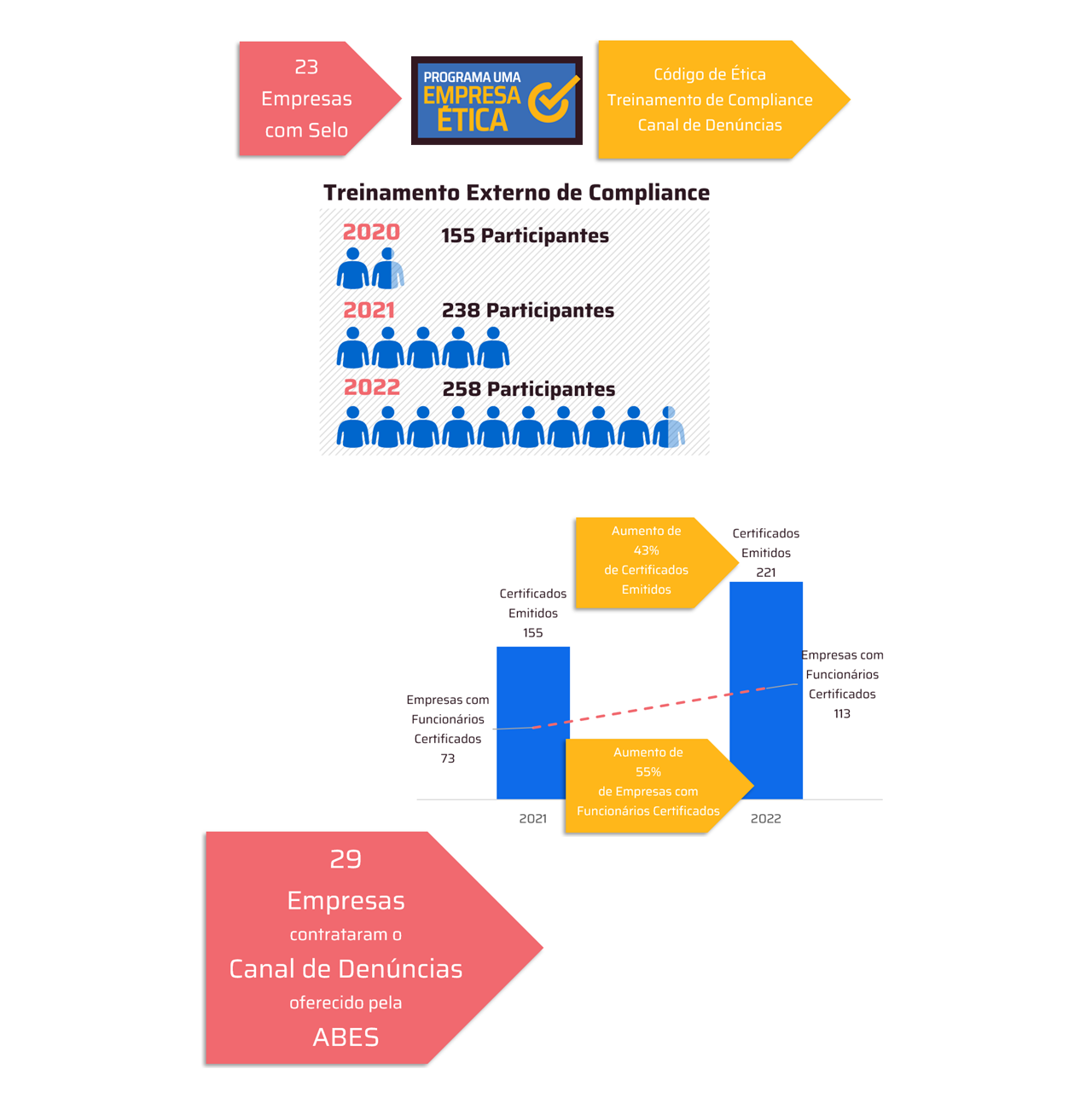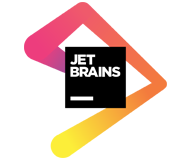The scientific community has known for some time that certain computational tasks can be solved more efficiently when qubits (quantum bits) are usedto perform the calculations and that quantum computers promise to solve some problems that are currently beyond the reach of scientists. classic computers.

But many unknowns remain: how to build such a machine so that it can handle big problems that solve practical questions? How to scale to thousands and millions of qubits while keeping precise control over fragile quantum states that need to be protected from their environments? And which customer problems design the computer to solve first?
These are some of the big questions driving the AWS Quantum Computing Center, a state-of-the-art facility opened in Pasadena, Calif., where the company is embarking on a journey to build a fault-tolerant quantum computer. The new building is dedicated to the company's quantum computing efforts and includes office space to house the quantum research teams, laboratories that comprise the scientific equipment and specialized tools for designing and operating quantum devices.
The team of hardware engineers, quantum theorists and software developers work hand in hand to tackle the many challenges of building better quantum computers. The new facility includes everything needed to push the boundaries of quantum R&D: from making, testing and operating quantum processors, to innovating the processes to control quantum computers and scaling the technologies needed to support larger quantum devices such as cryogenic cooling systems. and wiring.
From research to reality
A bold goal such as building a fault-tolerant quantum computer naturally means that there will be significant scientific and engineering challenges along the way. Supporting fundamental research and engaging with the scientific community working on these issues is essential to accelerating progress. The center is located on the Caltech campus, allowing the company to interact with students and faculty from leading physics and engineering research groups just a few buildings away. AWS chose to partner with Caltech, in part, because of the university's rich history of contributions to computing – classical and quantum – from pioneers such as Richard Feynman, whose vision 40 years ago can be credited with kick-starting the field of quantum computing, for the current technical leaders of the AWS Quantum Computing Center: Oskar Painter (professor of Applied Physics, head of Quantum Hardware) and Fernando Brandão (professor of Theoretical Physics, head of Quantum Algorithms). This partnership also supports the next generation of quantum scientists by providing scholarships and training opportunities for students and young faculty members.
This relationship with a diverse group of researchers helps the new center remain at the forefront of quantum information science research. For example, several experts in quantum-related fields are contributing as participants in the Amazon Scholars and Amazon Visiting Academics programs. Names include Liang Jiang (University of Chicago), Alexey Gorshkov (University of Maryland), John Preskill (Caltech), Gil Refael (Caltech), Amir Safavi-Naeimi (Stanford), Dave Schuster (University of Chicago) and James Whitfield ( Dartmouth). These experts help innovate and overcome technical challenges, even as they continue to teach and conduct research at their universities. These collaborations at this early stage will be critical to better understanding the potential applications and social impact of quantum technologies.





